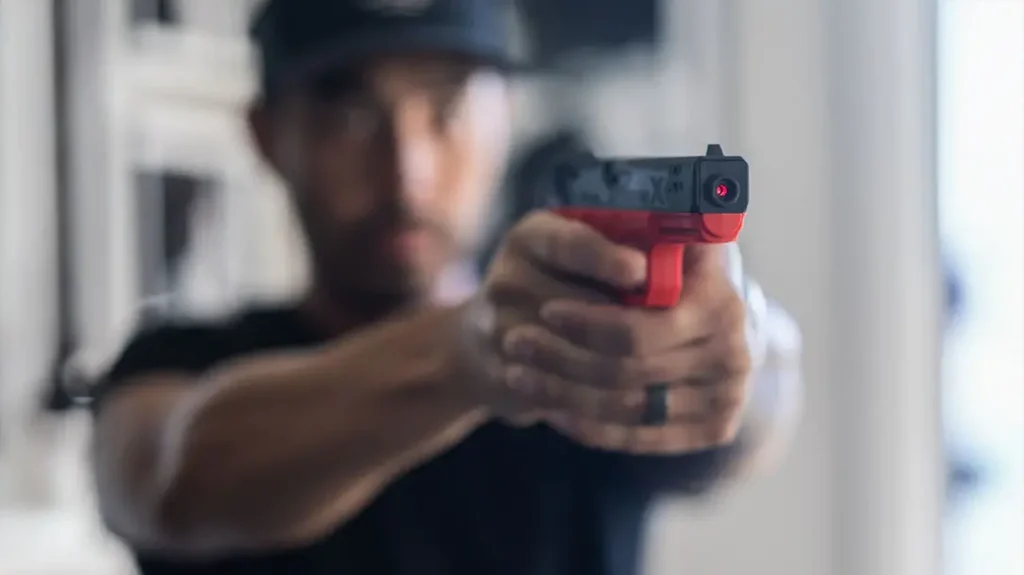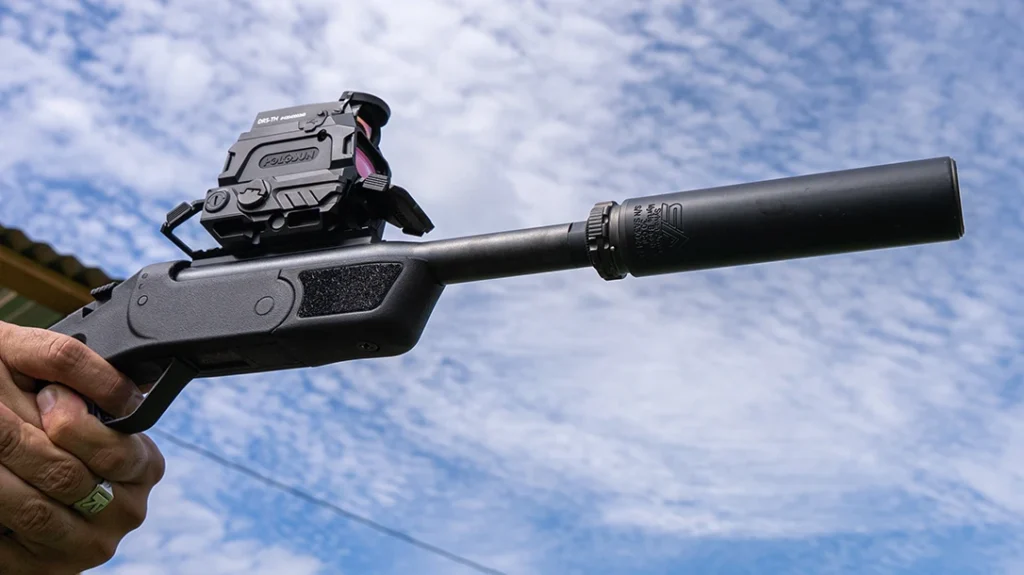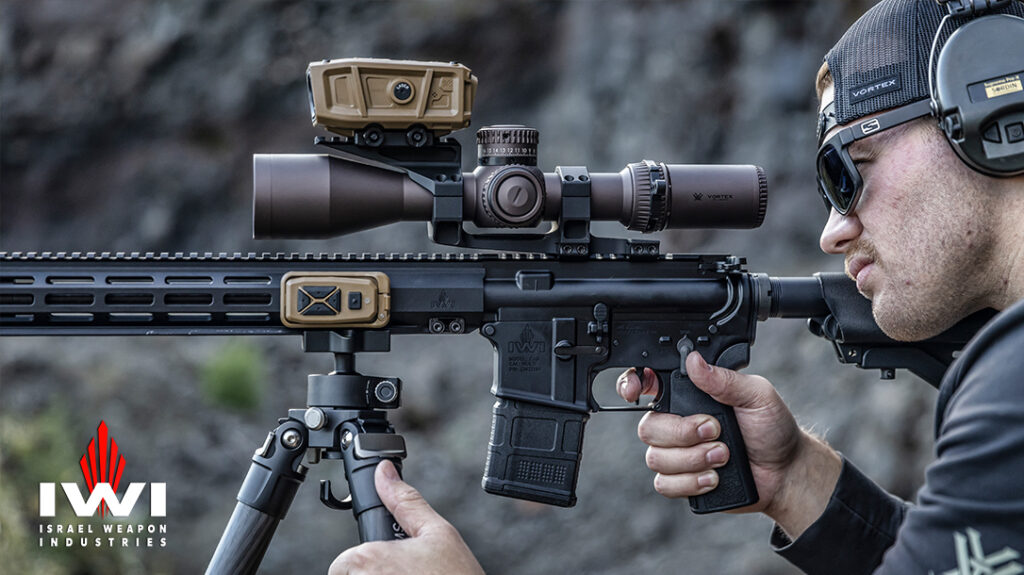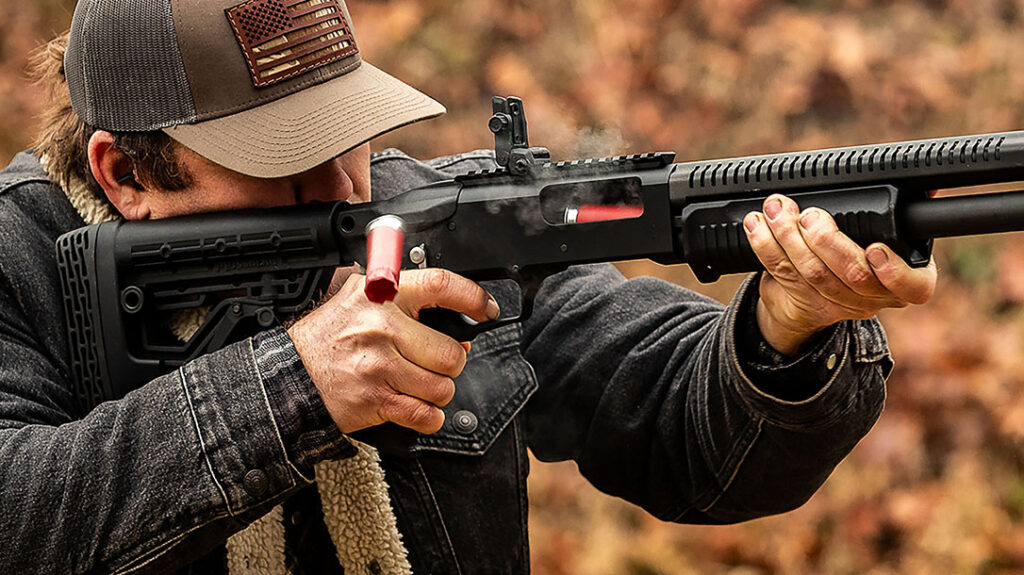Aikido is not the most well-known martial art. What many people do know about it is that one of the most prolific action stars, Steven Seagal, brought Aikido into the mainstream in the late eighties and throughout the nineties. However, that was long ago, and that was the movies. So, what is its relevance in the real world today?
What is Aikido?
Today, what people see of Aikido is sometimes dance-like movements between the practitioners. Not to mention, almost mystical techniques from Aikido masters that send people flying with barely a touch. These displays create doubt, and rightfully so, that Aikido is not a viable self-defense art in the real world.
But this just isn’t true at all. In fact, if you break down Aikido’s core fundamentals, you can use it effectively in a physical conflict. Let’s take an in-depth look at how.
Advertisement — Continue Reading Below

Just Out-Of-Reach Distancing
One aspect of Aikido that is emphasized from day one is maintaining proper distancing with your opponent. This is crucial when performing Aikido techniques and is highly valuable when facing a foe in an out-of-the-dojo confrontation.
The underlying principle is that the practitioner should always be just a hair out of reach of their attacker. Simultaneously, they should always be close enough to secure a lock or deliver an atemi (strike to a vital target). Proper distancing is essential in any physical confrontation, from the initial verbal conflict all the way to the physical contact. Aikido teaches this important aspect with nearly every technique taught.
Advertisement — Continue Reading Below
As your foe moves forward towards you, you move backwards an equal amount. If he or she reaches in, you move back just inches out of their reach, and so on. This back-and-forth action normally invokes an enraged, impulsive response from the attacker, which the Aikido practitioner can exploit.
Multiple Attack Advantage
During Aikido training, the practitioner is always taught to think that more than one person is attacking them. In a true self-defense situation, this is a very real potential. The “bad guys” out in the world don’t fight fair. So, often they will have a buddy nearby to ensure you comply with whatever they are demanding of you.
By training for years with this in mind, your reactions in the street, if attacked, will always be anticipating a second guy. This type of training increases your awareness of your surroundings before, during, and after a technique is executed. This will allow you to use techniques that are specifically multiple-attack-centric.
Advertisement — Continue Reading Below
These include projection throws, locks used for creating a human shield, etc.

Aikido’s Truly Bone-Breaking Locks
It is true that immediately attempting an Aikido lock on an enraged, yet-to-be-hit, attacker is a very dumb move. He will, of course, muscle out of it and deliver some damage of his own. However, if you soften him up first with an atemi (an absolute must), Aikido locks can be devastating when delivered by a seasoned practitioner.
Advertisement — Continue Reading Below
Although the techniques are stated as locks, they are essentially bone breaks (or at least, severe dislocations) when you’re in the moment and highly adrenalized. Fingers, wrists, and shoulders can crumble under a powerful Aikido locking (breaking) technique. From that point, the attacker will be highly susceptible to follow-up strikes and other locking techniques.
Even when you’re grabbed or taken to the ground, capturing a foe’s fingers and applying the lock, even if it’s a single digit, can turn the tide of the fight.
Weapon Offense and Defense

Advertisement — Continue Reading Below
Aikido also emphasizes during training sessions that every empty-hand attack should be considered a weapon attack. With this in mind, the practitioner is always cognizant of incoming weapons if the fight turns real on the streets.
From a knife to a stick, to longer staffs, bats, and even guns to the head or body are all part of an Aikidoka’s regular training. Additionally, practitioners learn how to perform the techniques when the opponents are armed and learn to disarm the attacker. Then, they utilize the weapon against the same foe (or his buddy, remember multiple attackers?)
Research Aikido and Judge for Yourself
A few paragraphs of info won’t deter many from saying that Aikido is not for self-defense. So, I suggest you dig deeper to find the answers. It’s true that many Aikido schools teach a softer, more philosophical style of Aikido. However, there are also many that emphasize the Aiki-Jitsu or Aiki-Budo background, making it more hardcore and applicable to self-defense.
Advertisement — Continue Reading Below
Research some schools (dojos), their instructors, and watch or try out a class or two. You may be surprised that this seemingly useless martial art may offer life-saving self-defense techniques once you separate the fluff from the functional.

























